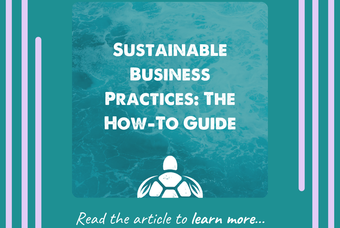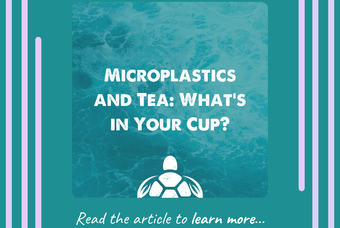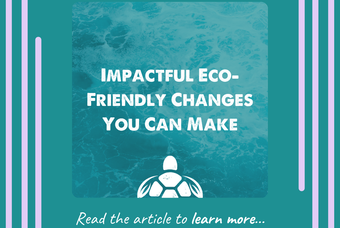The News-Hub/ Articles
Back to Articles
Recommended Articles
What happened to the Ocean Cleanup Project?
In 2012, Dutch born inventor Boyan Slat outlined in a ted talk how he was going to save the world.
Oceanic pollution was a global crisis, and turning it around was going to require new technology, new initiatives, and new projects, so he was going to start one.
The concept was simple; A wide floating barrier, pushed by winds and natural ocean currents, would sit in the path of ocean gyres and filter harmful debris.
For many, the ocean cleanup project represented a rare beacon of hope for a problem that seemed to be almost insurmountable in scale, so what happened to it?
Open sea tests in 2016 saw critics casting doubt. Physical oceanographer Kim Martini and biological oceanographer Miriam Goldstein lay down concerns about the technical viability of the filters surviving harsh sea conditions. Other experts questioned whether the device would have its own negative effects on ocean wildlife, dragging ecosystems into its plastic maw or being weighed down by bio-fouling, the process of marine life adhering to a fixed structure in the sea. Through blood, sweat, tears and money the project addressed concerns and pushed forward.
The company website reported a successful tow test in 2018 and in 2019, the Guardian reported that problems of plastic escaping the floating boon had finally been overcome and plastic was being collected for the first time. On May 7th this year, the company revealed they had been awarded one million US dollars to clean up Jamaica’s most polluting waterway, a huge boom for the crowd sourced project.
To this day, OCP remains one of the best possibilities for a man-made solution to a man-made problem, and will be worth keeping an eye on for years to come.
Empty content. Please select category to preview











0 comments. Write a comment